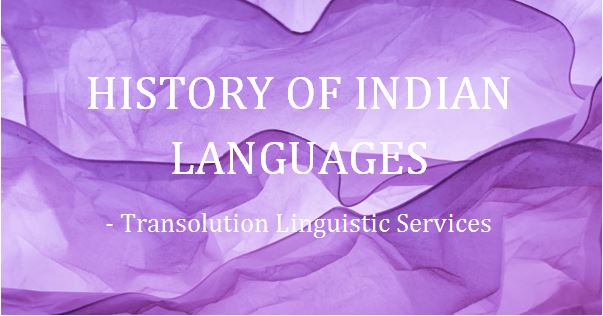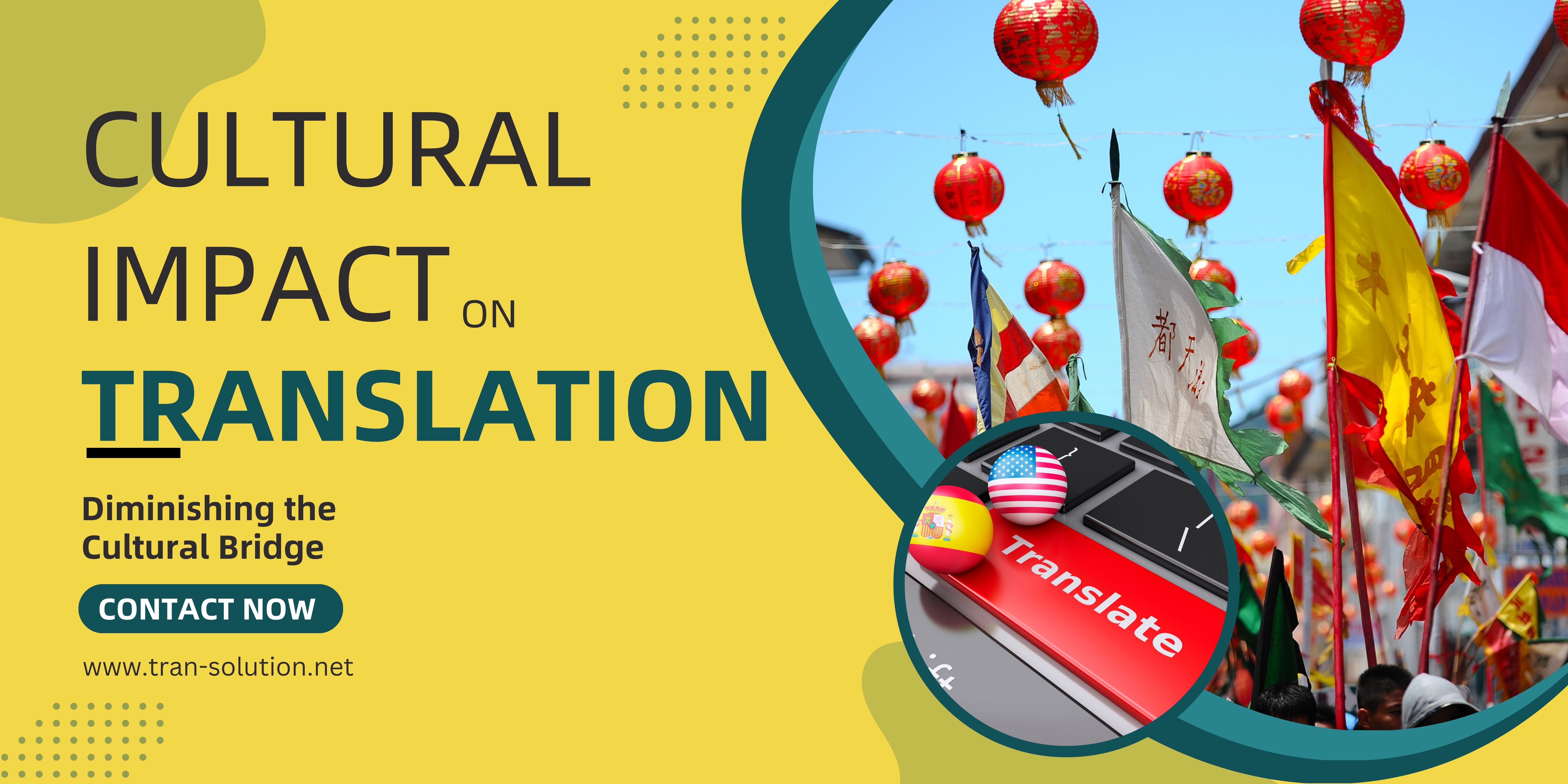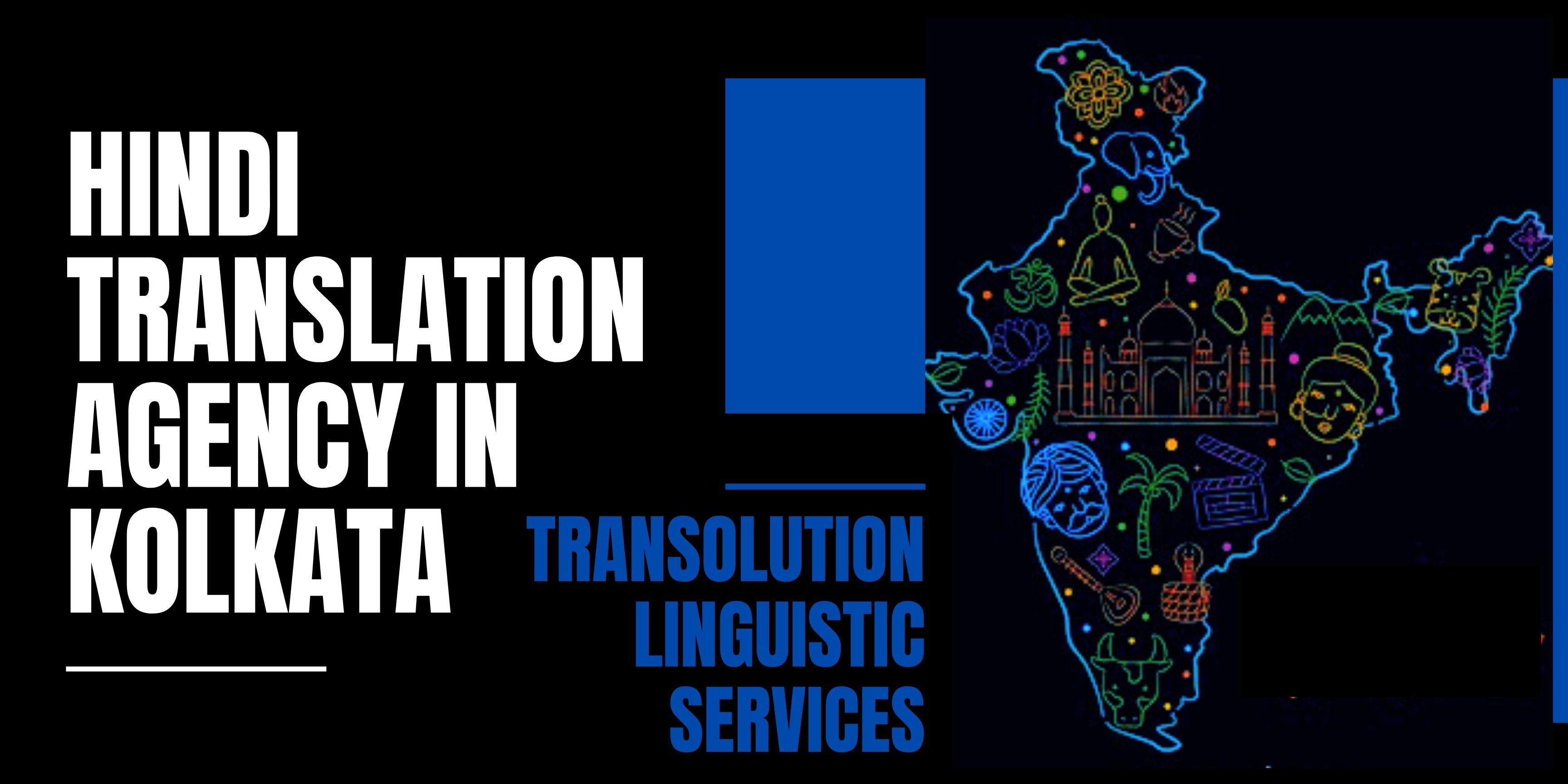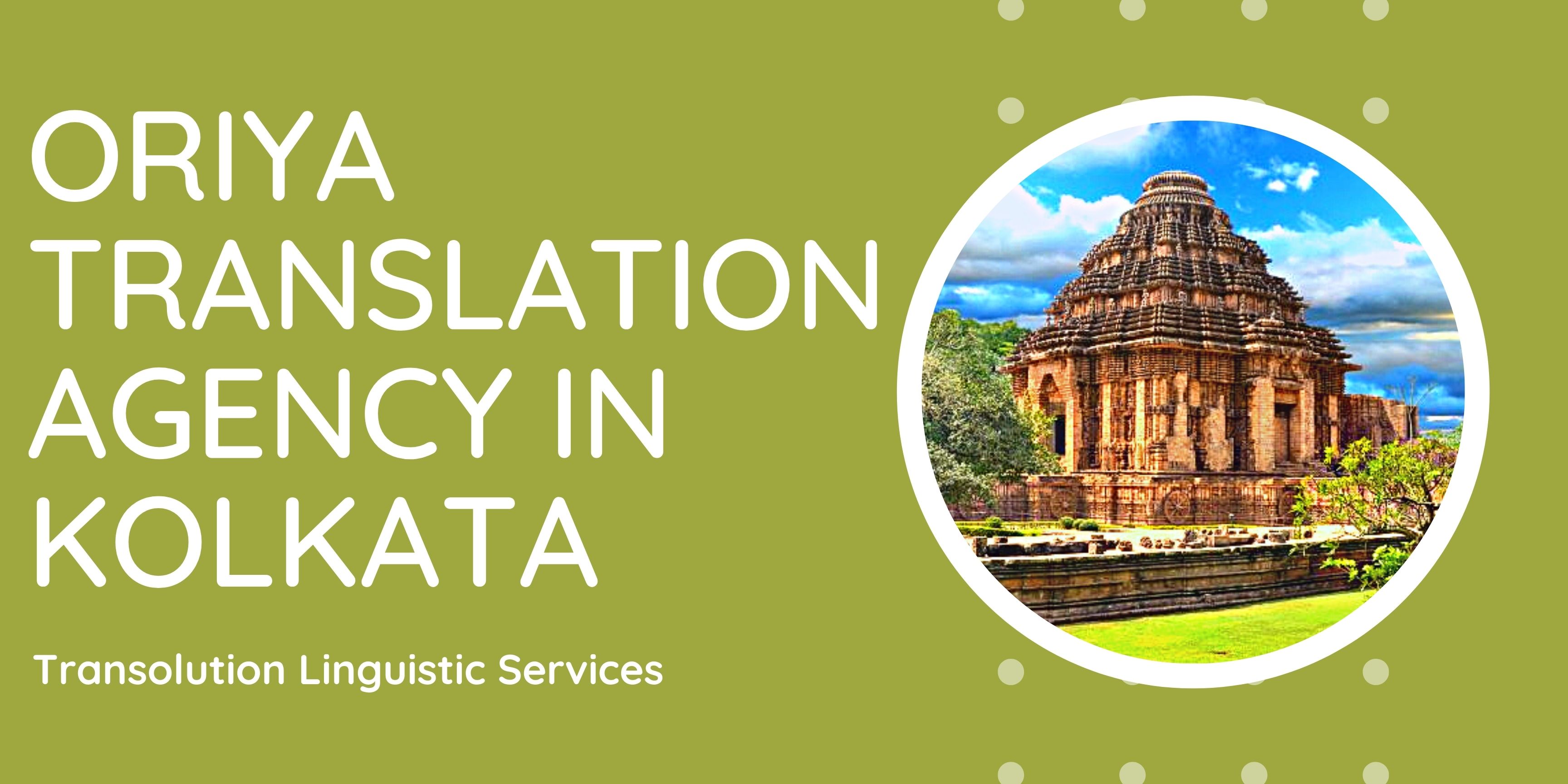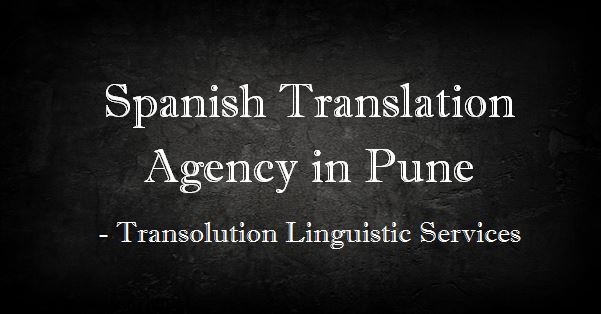History of Indian Languages
Search Topic: Indian languages, history of Indian languages, evolution of Indian languages, official languages of India, Hindi, language diversity in India, translation services, translation agency
There are more than 19,500 dialects spoken in India among which there are 112 languages that are recognised by the government of India to be mother tongues of more than 10,000 speakers, making it the second country where most numbers of languages are spoken. The official language of India is Hindi and English and Hindi is also the most spoken language consisting of 43.63% of the total population, followed by Bengali and Marathi which are spoken by 8.03% and 6.86% respectively.
There are four main branches of languages and all the languages spoken in India, today, are a part of any of these language families. These are the Indo-Aryan Languages, the Dravidian Languages, the Austric Languages and the Sino-Tibetan Languages. Languages like Hindi, Urdu, Bengali, Assamese, Punjabi, Oriya, Gujarati, Kashmiri and Marathi belongs to the Indo-Aryan group of languages. The languages that are spoken in South India like Tamil, Telugu, Malayalam and Kannada belongs to the Dravidian group of languages. The people of Central India speak Austric languages and the people of North-East India speak Sino-Tibetan languages.
The history of Indo-Aryan group of Indian languages is divided into three main stages. First comprises the Vedic and classis Sanskrit, second is the vernacular dialects of Sanskrit called Prakrit and third comprises the modern language of northern and central India. As of the Dravidian group, it is very much different from the other group of languages and has a long literary history and written in their own script. Roots of Dravidian group of languages are still unknown.
Among all the 121 languages spoken in India the Eight Schedule of our Constitution has recognized 22 languages as the Scheduled Languages on India. These 22 languages are Assamese, Bengali, Gujarati, Hindi, Kashmiri, Kannada, Konkani, Malayalam, Manipuri, Marathi, Nepali, Oriya, Punjabi, Sanskrit, Sindhi, Tamil, Telugu, Urdu, Santhali, Bodo, Dogri and Maithili.
The diversity in Indian languages is huge. It is a questionable that how a country with such language diversity can connect to each other but for the Indians it is not a big deal. Indians are often bilingual or trilingual and Hindi and English being the official languages of India most of the people know both or either of them and this is why they do not face problems communicating to each other.

